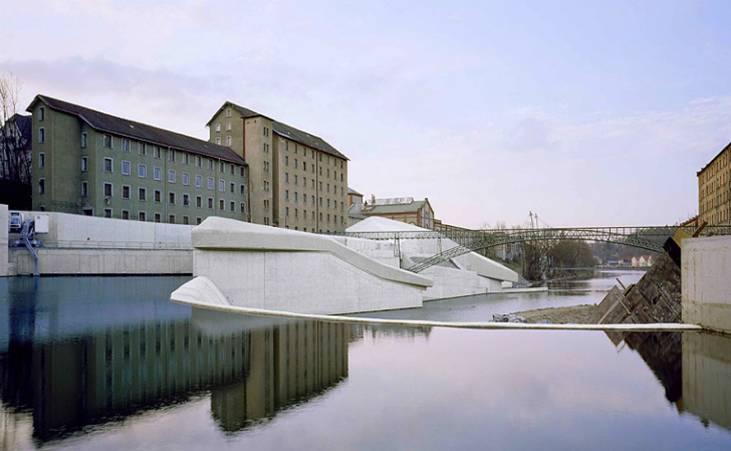There are three types of hydropower facilities: (click here) impoundment, diversion, and pumped storage. Some hydropower plants use dams and some do not. The images below show both types of hydropower plants.
Many dams were built for other purposes and hydropower was added later. In the United States, there are about 80,000 dams of which only 2,400 produce power. The other dams are for recreation, stock/farm ponds, flood control, water supply, and irrigation.
Hydropower plants range in size from small systems for a home or village to large projects producing electricity for utilities. The sizes of hydropower plants are described below....
Would anyone in the USA consider a hydroelectric power plant a work of art deserving tourism attention? Of course not, but, Germany did. The United States of America has forgotten what it means to be civilized, modern and elegant.
Voith (click here) is a company that has constructed hydroelectric power plants around the globe. Gratefully, in Ethiopia as well.
Voith (click here) is a company that has constructed hydroelectric power plants around the globe. Gratefully, in Ethiopia as well.
No, it isn't a matter of forgetting, it is matter of abandoning civilization and the value of the human experience everyday of one's life.
Designed by Becker Architekten, the Iller Hydroelectric Power Plant in Kempten, Germany is as environmentally-conscious and sculptural as it is industrial. The structure has earned three architecture awards over the past year – the German Architecture Prize 2011 Concrete, the pbb German commercial award 2010 and finalist in the 2010 Liechtenstein International Award for Sustainable Building in the Alps - in honor of its amorphous, organic design and sustainable features.
 The new facility has replaced a previous power station dating back to the 1950s and provides gently-harnessed renewable hydroelectric power for as many as 4,000 households and generates 14 gWh of electricity each year for the medieval city of Kempten in the foothills of the Alps.
The new facility has replaced a previous power station dating back to the 1950s and provides gently-harnessed renewable hydroelectric power for as many as 4,000 households and generates 14 gWh of electricity each year for the medieval city of Kempten in the foothills of the Alps.
Its smooth exterior of white concrete blends into the surrounding riverscape like a rock formation, while its cavernous interior is shaped by rough wooden boards. It funnels water along its 150 meters of length to the turbines, which are located in a hall built according to the very highest sound-proofing standards. Other provisions, such as a fish ladder, were also included to reduce harmful environmental impacts.
The project also called for a steel pedestrian and bike bridge to be built nearby over the Iller River, giving the people of Kempten an opportunity to enjoy views of this uniquely beautiful industrial sculpture.